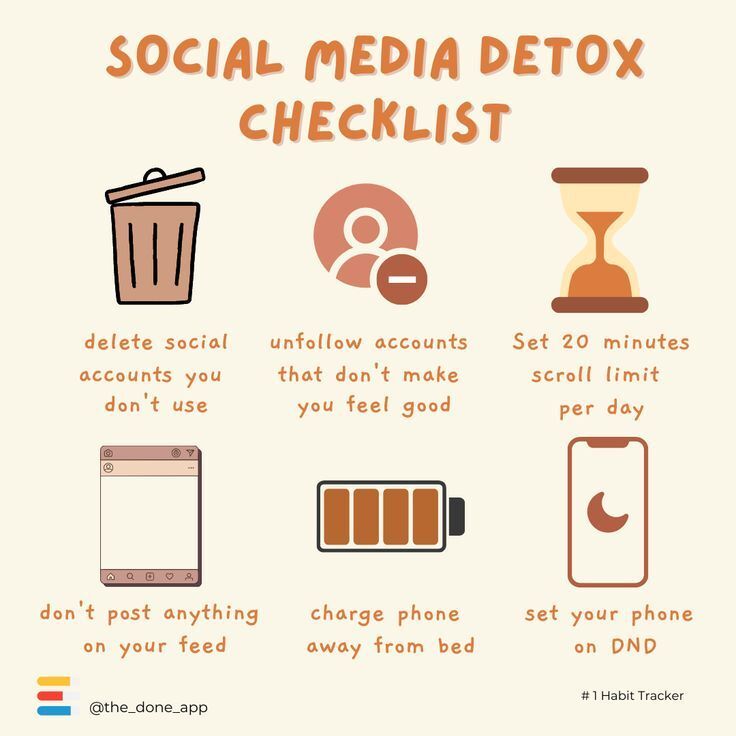In a world where everything is connected, the idea of a "digital detox" has become more popular as people(me included) struggle to strike a healthy balance between technology and their own well-being. Our lives have undoubtedly been made better by our smartphones, laptops, and other gadgets, but our mental health is put at risk by the never-ending barrage of notifications and the allure of scrolling. Finding a balance between technology and well-being has become an ongoing challenge.
There is no denying that technology affects every aspect of our everyday life. We find ourselves immersed in a digital world from dawn to dusk, checking emails, browsing social media, and answering messages, especially as someone considered a creative. Technology offers us incredible efficiency and convenience, but there is a price. Research shows a connection between problems such as anxiety, sleep disruptions, and short attention spans and excessive screen usage. Something tells me this isn’t news to you.
Recognizing how technology affects our physical and emotional well-being is the first step towards striking a balance. Regular screen use can cause eye strain, interfere with sleep cycles, and increase stress levels. In this context, "digital detox" refers to a deliberate effort to lessen dependence and foster a better relationship with our devices rather than an outright rejection of technology. Upon all the negatives, it does make things much easier.
Creating dedicated tech-free areas or periods of free time inside our regular schedules is one useful tactic. For example, bed time could be considered a safe space where screens have little/no place. Even though scrolling through tiktok just before bed may seem tempting, making it a routine to put phones away right before bed encourages improved sleep hygiene by removing the constant distraction of alerts from the mind. Also, scheduling specific times like during meals or free time to purposefully put devices away helps as well.

Another essential component of striking balance is the careful use of digital content. An endless look through social media feeds could increase feelings of overload with information. Limiting screen time, unfollowing negative accounts, and creating a more deliberate online environment can all make a big difference in one's mental health.
In order to achieve balance, it is essential to do things that enhance both mental and physical health. Prolonged screen time is sedentary and mentally exhausting; regular exercise, outdoor activities, and any mindfulness activity neutralize this. Including these practices is a powerful remedy against digital overload and improves our general well-being.
In conclusion, in order to attain a peaceful coexistence with technology, the digital detox challenge demands a deliberate and proactive approach. People can take back control of their digital life by adopting an attitude that prioritizes wellbeing over continuous connectedness. By setting limits, practicing mindful digital use, and giving priority to offline activities, we may intentionally manage the digital environment and make sure that technology contributes to rather than takes away from our general feeling of balance and wellbeing.